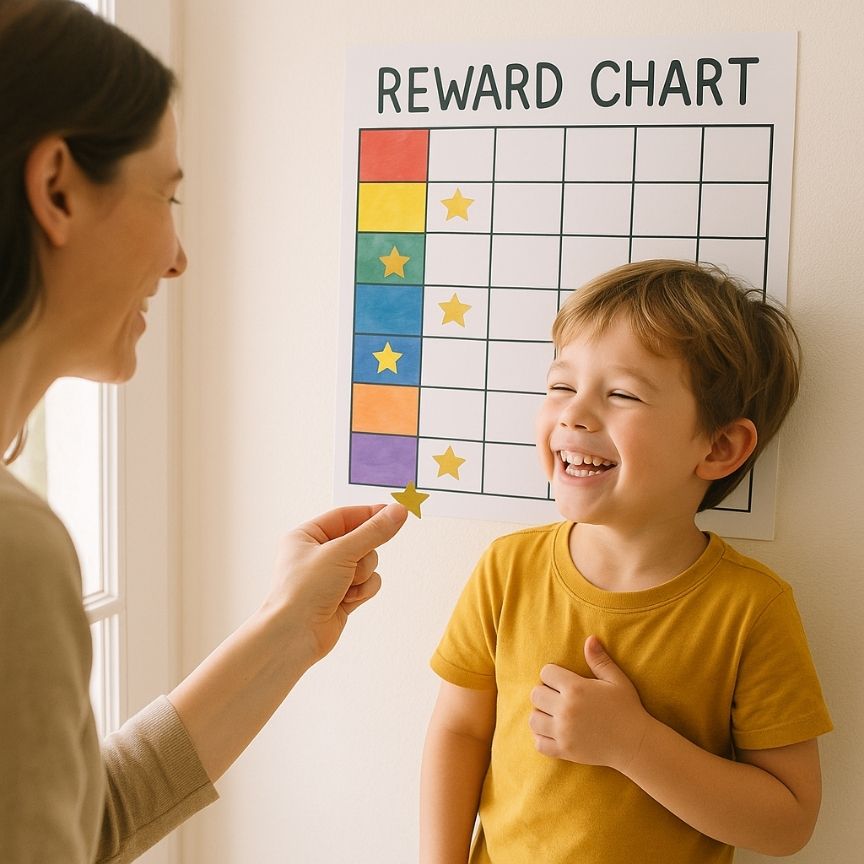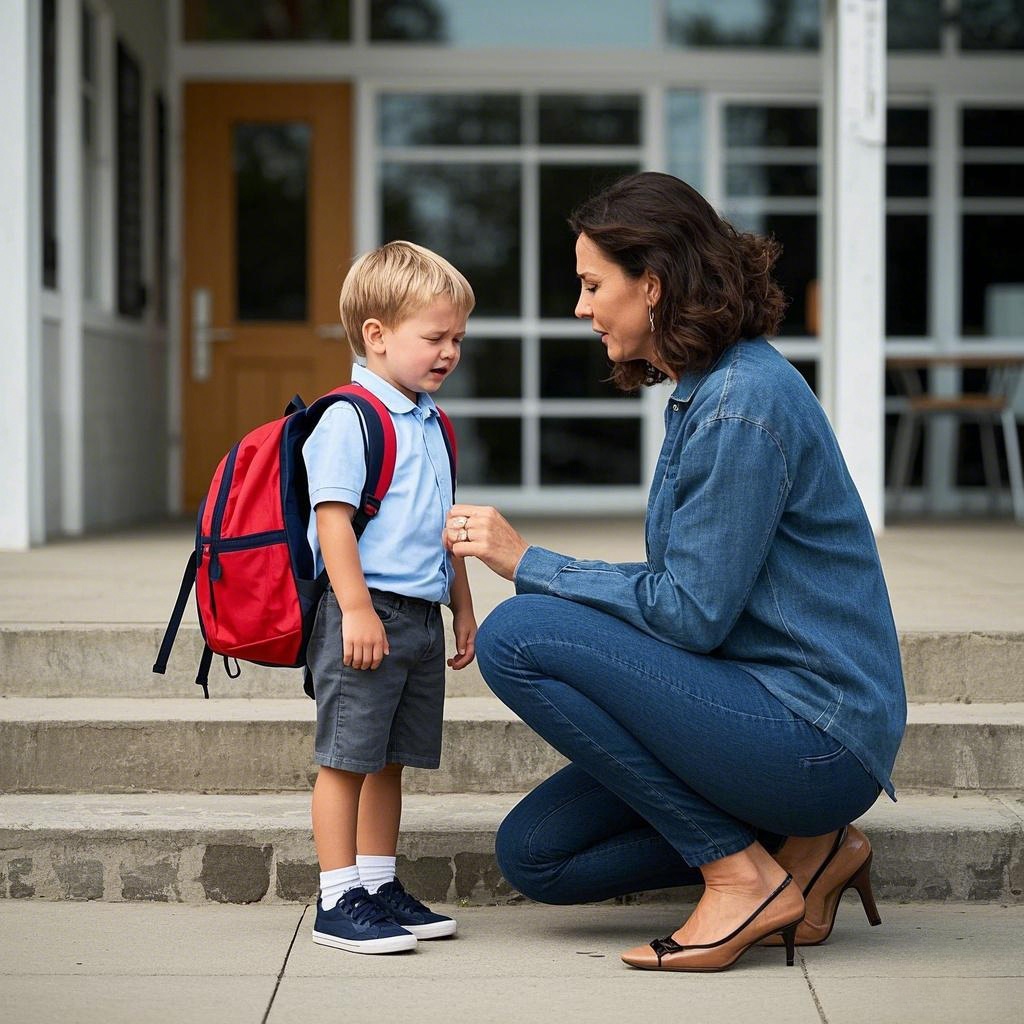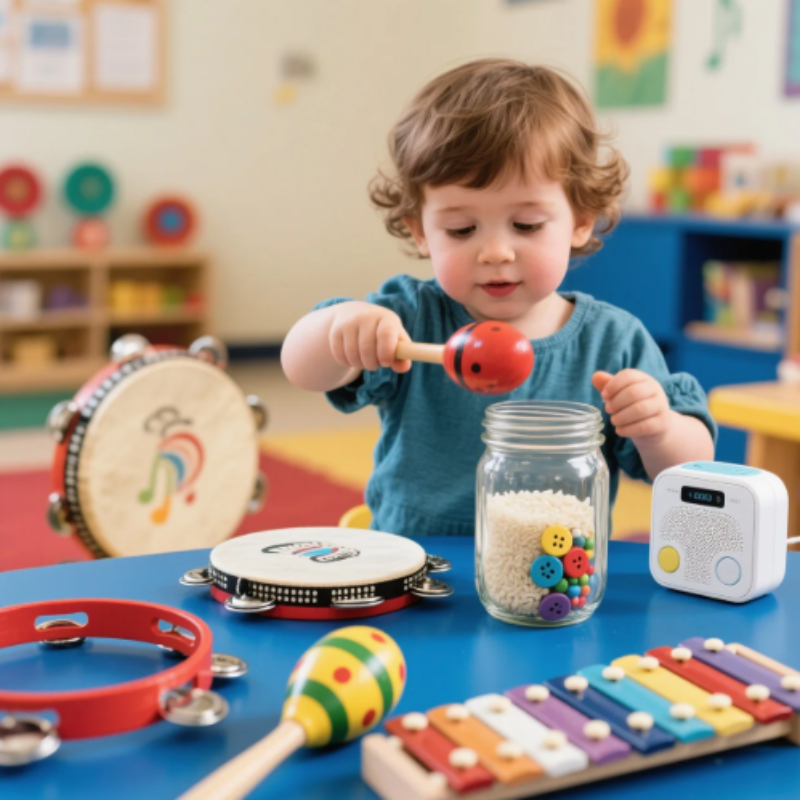Introduction
Backtalk can hit like a sudden gust of wind: one minute you are enjoying a peaceful morning, the next you are staring down a fiercely independent young voice questioning every request. Whether the comeback is a sarcastic “Whatever!” from a pre-teen or a four-year-old’s “You’re not the boss of me,” the sting feels the same—surprise, irritation, and even self-doubt. Parents may wonder where their once-sweet child learned such sass or worry that a single retort signals bigger discipline problems ahead. Children, on the other hand, often feel equally overwhelmed. They are testing boundaries, flexing new vocabulary, or simply discharging pent-up frustration in the safest place they know: home.
Because emotion runs high on both sides, the way adults respond in these moments matters more than the words themselves. Handled poorly, backtalk can spiral into daily shouting matches and erode trust. Handled thoughtfully, it transforms into a teachable moment that strengthens communication skills and family connection. This article unpacks why children talk back, how parents can model calm authority, and which discipline tools reset respect without escalating conflict. By combining developmental insight with practical strategies, caregivers can guide kids toward cooperative dialogue while preserving their own sanity—and everyone’s dignity—along the way.
Understanding Why Children Talk Back
Backtalk is rarely a random act of rebellion; it is a developmental mile marker. Toddlers experiment with the power of the word “no” as they discover personal agency. School-age children compare household rules with those of classmates and push limits to see what bends. Tweens and teens stake out independence by challenging statements they once accepted at face value. Seen through this lens, a sassy reply is not merely disrespect—it is a clumsy bid for autonomy mixed with genuine emotion.
Stress also amplifies mouthy behavior. A child who is hungry, overtired, or overwhelmed by academic pressure may lash out verbally before recognizing the underlying need. Similarly, inconsistent boundaries—or none at all—can leave kids guessing how far they can go. If yesterday’s eye roll slipped by unnoticed, today’s sarcastic remark may feel worth the risk. Finally, some children echo the communication patterns they observe. If siblings, peers, or even adults use sarcasm freely, kids assume it is acceptable. Addressing these root factors—fatigue, anxiety, shaky rules, modeled disrespect—prevents parents from treating a symptom while ignoring the illness. When caregivers look beyond the words to the “why,” discipline becomes guidance rather than punishment.

Staying Calm and Setting the Example
A heated comeback may feel personal, but it is rarely a referendum on parental authority. Kids mirror emotion; if a parent’s voice spikes in anger, the child’s pitch rises too. Staying calm is therefore not passive—it is strategic. Before responding, take a slow breath, relax your shoulders, and deliberately lower your volume by one notch. This subtle shift cues the brain’s prefrontal cortex (the seat of reason) to stay online instead of allowing the amygdala’s fight-or-flight reflex to dominate.
Parents who consistently model respectful speech teach far more effectively than any lecture. Try using “I statements” that name feelings without blame: “I feel disrespected when I hear that tone.” Maintain eye contact at the child’s level; standing over them can trigger defensiveness. If tensions rise, call for a brief pause—“Let’s both take five minutes and drink some water”—before resuming the discussion. These techniques demonstrate self-control in action, showing children that even strong feelings can be channeled through composed words. Over time, kids internalize the script and begin to imitate it, especially when they see that calm conversation produces faster, kinder solutions than yelling ever could.

Establishing Clear Boundaries and Consequences
Respectful communication should never be a guessing game. Spell out household rules in simple, positive language: “We speak kindly to each other” or “No name-calling.” Post the rules on the fridge or rehearse them at family meetings so everyone—adults included—knows the standard. When boundaries are clear, consequences feel fair rather than arbitrary. For young children, immediate and related outcomes work best. If a child snaps “I’m not cleaning my room, you do it!” the logical consequence is losing a privilege tied to the room, such as playtime until the task is done.
Older kids respond to collaborative rule-setting. Invite them to help draft consequences for disrespect. Teens might agree that losing phone access for a set period fits the infraction. The key is consistency: deliver the agreed consequence every time the line is crossed—without lecturing, belittling, or piling on unrelated punishments. This steadiness builds trust; children learn their choices truly shape outcomes, fostering self-discipline. Crucially, once the consequence is served, reset the relationship. Offer a fresh start rather than revisiting the misstep all evening.

Using Positive Reinforcement and Redirection
Discipline is not solely about curbing the negative; it is equally about growing the positive. Catch your child in moments of spontaneous politeness—“Thanks for waiting, Mom”—and name the virtue: “I appreciate your respectful tone.” Small, specific praise cements the behavior in neural pathways far more effectively than vague compliments. Consider a simple token system for younger kids: earn a star each time you respond kindly, trade five stars for an extra bedtime story. Rewards need not be material; extra one-on-one playtime or picking the family movie can feel just as motivating.
When backtalk begins to bubble, redirect before it erupts. Offer limited choices that preserve dignity: “You can tell me how you feel calmly now, or we can talk after dinner—your choice.” Replace power struggles with problem-solving language: “It sounds like chores feel unfair tonight. How can we adjust tomorrow’s schedule so you feel heard?” These strategies shift the conversation from adversarial to collaborative. Children learn that respectful words are powerful tools for getting needs met, while disrespect stalls progress. Over time, they choose courtesy out of practicality as well as principle.

When and How to Have Follow-Up Conversations
Discipline in the heat of the moment corrects the immediate behavior, but reflection cements the lesson. Once tempers cool—often later that day or the next—circle back. Choose a quiet setting free of distractions, perhaps during a car ride or evening walk, so eye contact feels natural rather than confrontational. Begin with empathy: “Yesterday you seemed really frustrated when I asked you to turn off the game.” Inviting the child’s perspective disarms defensiveness and models active listening.
Next, review what happened and why it crossed the boundary, sticking to facts not character judgments: “You called me ‘mean,’ which breaks our rule about respectful words.” Ask open-ended questions such as “How could you express frustration without hurtful language?” Work together to brainstorm alternatives and rehearse them aloud. Finally, reaffirm love and confidence: “Everyone slips up, but I know you can handle big feelings respectfully.” These restorative chats teach accountability while deepening connection, turning backtalk incidents into stepping-stones toward emotional maturity.

Conclusion
Backtalk is a signal, not simply a sin: it tells parents a child is growing, testing, or aching for help. By understanding developmental roots, modeling calm responses, setting clear limits, rewarding respect, and revisiting incidents with empathy, caregivers transform conflict into coaching. Consistency is the steady drumbeat that makes these strategies sing; skipping a beat confuses the learner. With time, children discover that courteous words open doors, while sarcasm slams them shut. Parents, in turn, cultivate a household where voices can rise in honest emotion without tipping into disrespect. Patience, practice, and partnership lay the groundwork for conversations that will carry children into adulthood—confident, considerate, and heard.





